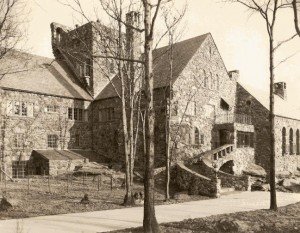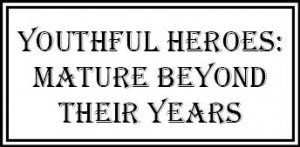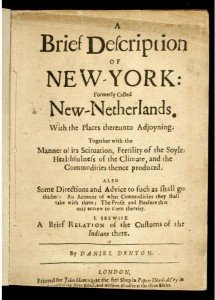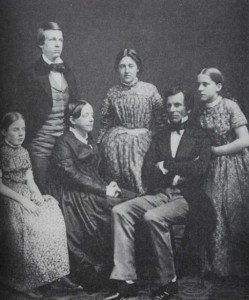 No bones were broken. It’s a statement of relief that frequently appears in accident reports, emphasizing the fact that perhaps bones should have been broken, but due to amazing luck or some other reason, the victim survived perilous circumstances to emerge relatively unscathed. Stories of that type appear occasionally, and they’re always interesting.
No bones were broken. It’s a statement of relief that frequently appears in accident reports, emphasizing the fact that perhaps bones should have been broken, but due to amazing luck or some other reason, the victim survived perilous circumstances to emerge relatively unscathed. Stories of that type appear occasionally, and they’re always interesting.
It’s remarkable that in July 1895, three North Country survival stories appeared on a single newspaper page. Forget broken bones—it’s amazing that any of the victims lived to see another day. Yet among the three, there was only one broken bone. Read more





